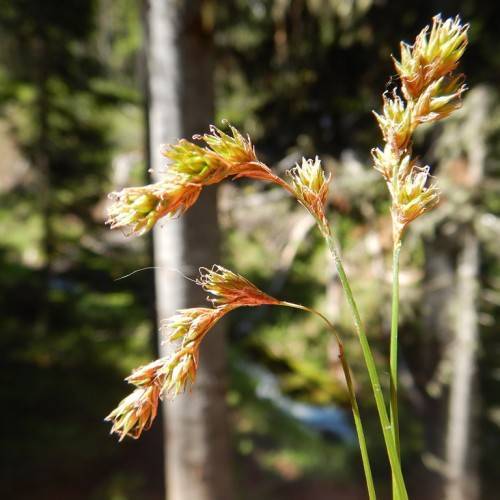
Sedge
Carex foenea x var. tenera
Watering:
Average
Hardiness Zone:
Flowers:
Flowers
Sun:
Sun
Soil:
Clay, Sand
Leaf:
Yes
Growth Rate:
Low
Drought Tolerant:
Yes
Salt Tolerant:
Yes
Invasive:
Yes
Care Level:
Medium
watering
Water Yellow Sedge every 5 to 7 days for optimum growth. To water, thoroughly moisten soil until water seeps through the drainage hole of the pot. Allow the soil to dry slightly between waterings, but never allow it to completely dry out. Too much water can cause root rot. During the summer, an additional light misting every 3 to 5 days is recommended.
sunlight
Yellow Sedge requires very little to moderate sunlight for optimal growth. It should ideally receive an average of 4 hours of direct sunlight per day, with morning sunlight being recommended as the best choice for this species of plant. Plants should be protected from extremely strong sunlight, and should not be placed in direct midday or afternoon sun. Too much sunlight can result in yellowed leaves and stunted growth, which can negatively impact the health of the plant. During the summer months, however, Yellow Sedge will need more sunlight - up to 6 hours of sunlight per day - to prevent a ‘sunburn’ on the foliage. Protection from the hottest and most intense afternoon sunlight will help the plant thrive.
pruning
Yellow Sedge should be pruned in early spring, before new growth starts. The amount of pruning required depends on the size and shape desired. Generally, it is best to remove 30-50% of the previous years' growth to produce a fuller and less woody plant. Taller, robust shoots can be cut at or near ground level to promote shorter, more upright growth, as well as removing any dead or damaged stems. The cuts should always be made just above a node, or point of growth, to encourage vigorous regrowth from the base.
